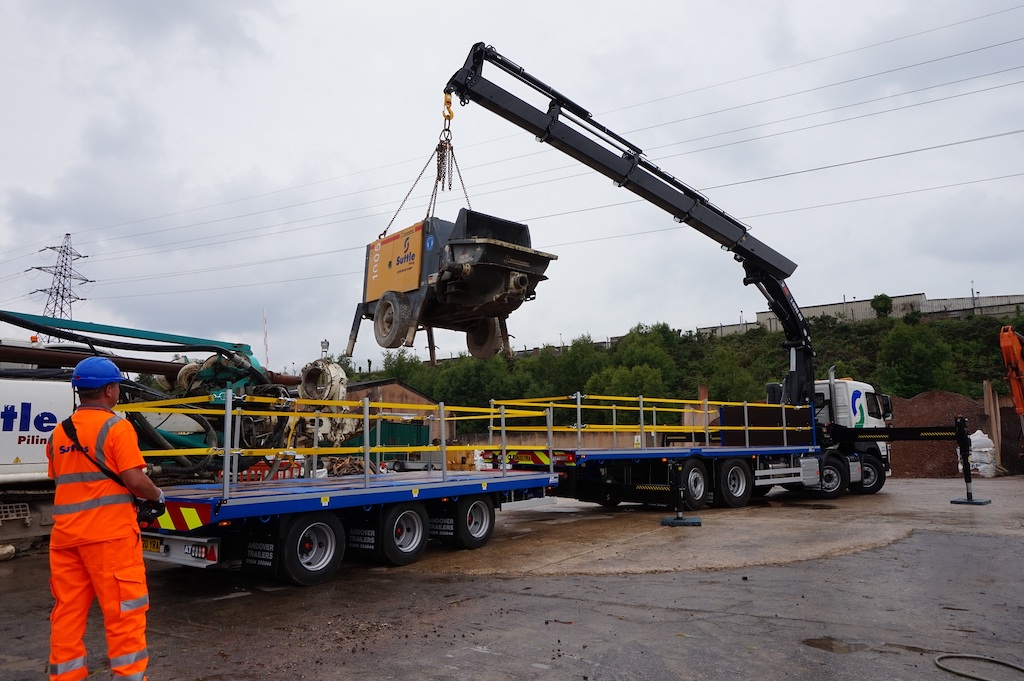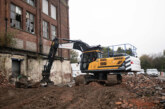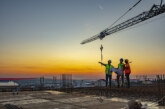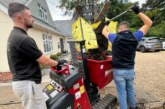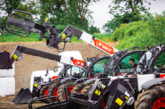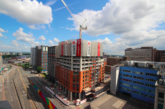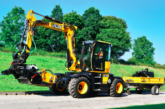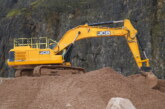Ian Mitchell, managing director for Hiab UK and Ireland shares his insights into 2021 and explains that cost saving measures will dominate decision making.
No one could have predicted the impact of the coronavirus pandemic on the construction industry. Never before have building sites turned into ghost towns overnight with plant machinery left in storage and fleets of trucks parked up. Thankfully, after a period of uncertainty, projects have started moving again.
At the start of 2020, conversations about digital solutions and electrification were commonplace amongst builders’ merchants and building supplier hauliers. It’s fair to say that there has been a lot of trepidation in the sector, but confidence is building again and there is a recognition that the sector needs to pick up where it left off, wherever possible.
In 2021 efficiency savings and cost saving measures will dominate decision making. There has been a steady increase in builders’ merchants choosing modern lifting equipment, which is connected and has the capability to ‘turn on’ real-time data analysis. The impact of the pandemic is likely to be a catalyst for many businesses to make the switch and turn on connected cranes to access a wealth of real-time insights on operator performance.
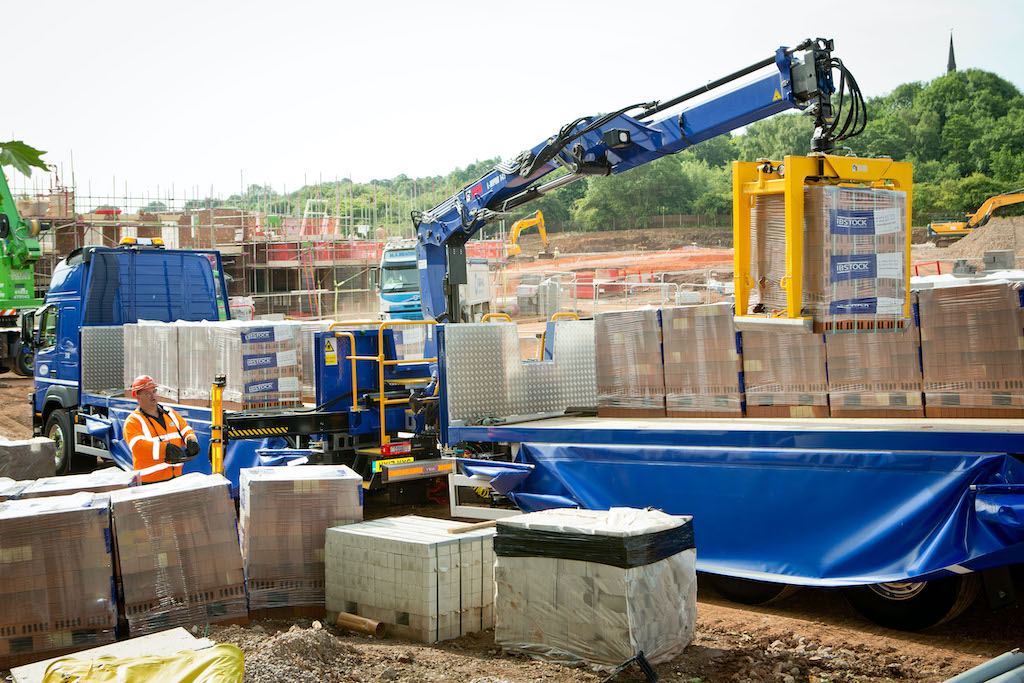
Hiab’s HiConnect software provides data which lets businesses understand how the HIABs are being used, where, what times and with what capacity. This is an incredibly powerful tool for the construction supply chain. For many customers, it’s the first time they learn that operator performance isn’t at the level it should be across the business and it really opens their eyes.
We analysed crane usage data for one customer which operates within the building supply chain sector over an average month. The tool enabled us to calculate productivity cost savings of over £1,000 per crane for one year based on idling time alone. Cost savings like this will be significant in a post-Covid world.
The construction sector relies heavily on a dependable supply chain and contractors will be looking for supply chain partners that they can trust to deliver; this is vital for getting the sector back on its feet again following the pandemic. I expect the uptake of technology and data analysis to become more mainstream in the construction sector across blue-chip companies and SMEs.
Lifting equipment plays a vital role in construction and, while electrification in the transport industry has been gaining traction for some years, the discussion rarely includes truck mounted equipment or cranes. Research tells us that businesses intend to invest in electrification because of the government changes in legislation and low carbon zones; many businesses have set their own sustainability targets. But has the pandemic accelerated or stalled planned investment programmes?
Electric powered accessories are providing the construction industry with options to introduce sustainable operations at a rate that suits them. As the only manufacturer in the world offering lithium-ion powered electric truck-mounted forklifts, demand is growing steadily for our MOFFETT E-series.
We have launched the very first electric crane trailer, which has a solar powered charging battery installed within a flatbed trailer. This smaller-scale crane solution means that it’s easier for SMEs to introduce the benefits of sustainable delivery solutions into their operations.
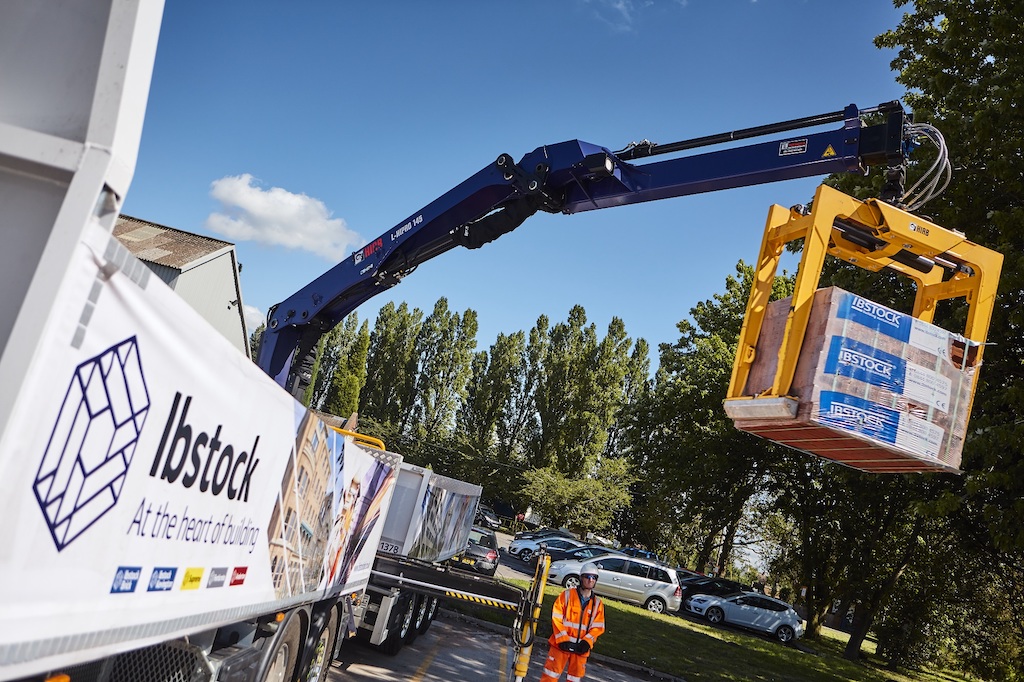
Larger companies are looking for greater scope to work outside of normal working hours to achieve greater efficiencies. Electrification is playing a big part in that movement and we’ve been working with the industry to develop a fully electric powered roller crane, the ‘e-roller’. Accessories like this will bring significant benefits to builders’ merchants operating large-scale logistics operations.
The construction industry is one of the most competitive sectors but I do feel the pandemic has shifted peoples’ perceptions and generates a real opportunity for the sector to collaborate. I expect to see the whole industry thinking more holistically about integrated solutions to make it easier for customers to benefit from greener equipment, for example.
We’re likely to see an increase in partnerships and joint ventures as businesses realise they’re stronger together and can capitalise on greater market share. Whatever 2021 brings, I’m confident with the right attitude the sector can make a sustainable recovery.
